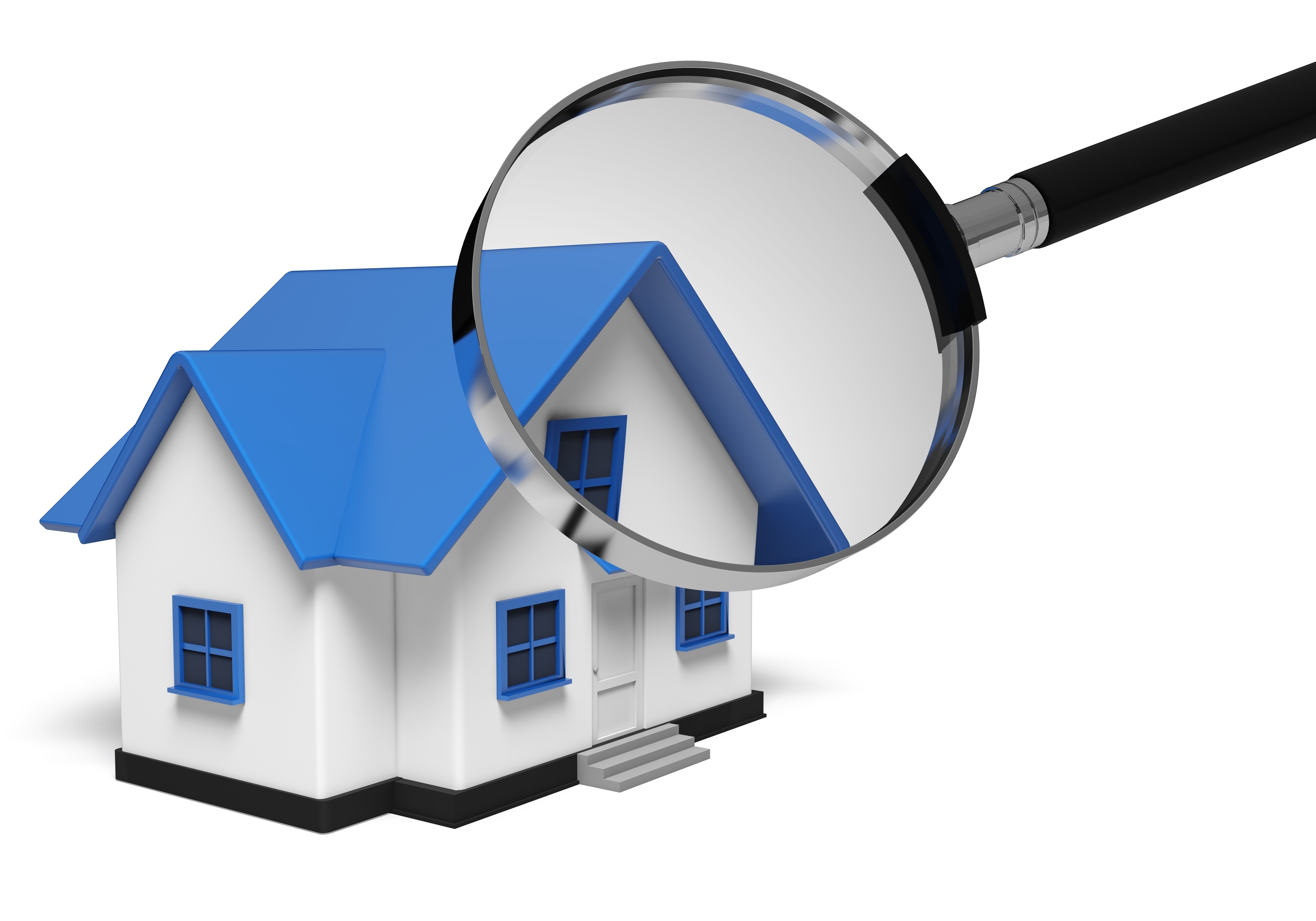
Home Appraisals: A PrimerTheir home's purchase is the biggest financial decision some of us will ever consider. It doesn't matter if where you raise your family, an additional vacation property or a rental fixer upper, purchasing real property is a detailed transaction that requires multiple parties to make it all happen. Most people are familiar with the parties having a role in the transaction. The real estate agent is the most familiar entity in the exchange. Next, the bank provides the money necessary to bankroll the exchange. And ensuring all requirements of the sale are completed and that the title is clear to pass from the seller to the buyer is the title company. So, what party is responsible for making sure the value of the property is consistent with the purchase price? This is where the appraiser comes in. We provide an unbiased estimate of what a buyer might expect to pay — or a seller receive — for a property, where both buyer and seller are informed parties. A licensed, certified, professional appraiser from White & Associates will ensure, you as an interested party, are informed. Inspecting the subject propertyOur first task at White & Associates is to inspect the property to ascertain its true status. We must physically view aspects of the property, such as the number of bedrooms and bathrooms, the location, living areas, etc, to ensure they truly are there and are in the shape a reasonable buyer would expect them to be. To make sure the stated square footage is accurate and convey the layout of the house, the inspection often requires creating a sketch of the floorplan. Most importantly, the appraiser identifies any obvious amenities - or defects - that would have an impact on the value of the house. Back at the office, an appraiser uses two or three approaches to determining the value of the property: paired sales analysis and, in the case of a rental property, an income approach. 
Replacement CostThis is where we gather information on local building costs, labor rates and other elements to calculate how much it would cost to replace the property being appraised. This estimate usually sets the upper limit on what a property would sell for. It's also the least used method. 
Analyzing Comparable SalesAppraisers become very familiar with the communities in which they work. They innately understand the value of specific features to the homeowners of that area. Then, the appraiser looks up recent transactions in the vicinity and finds properties which are 'comparable' to the property in question. Using knowledge of the value of certain items such as upgraded appliances, extra bathrooms, additional living area, quality of construction, lot size, we adjust the comparable properties so that they more accurately match the features of subject.
In the end, the appraiser reconciles the adjusted sales prices of all the comps and then derives an opinion of what the subject could sell for. When it comes to associating a value with features of homes in Hearne and Robertson, White & Associates can't be beat. This approach to value is most often awarded the most consideration when an appraisal is for a home purchase. Valuation Using the Income ApproachIn the case of income producing properties - rental houses for example - the appraiser may use a third way of valuing real estate. In this case, the amount of income the property generates is taken into consideration along with income produced by comparable properties to determine the current value. Arriving at a Value ConclusionAnalyzing the data from all approaches, the appraiser is then ready to document an estimated market value for the property at hand. The estimate of value at the bottom of the appraisal report is not always the final sales price even though it is likely the best indication of what a property is worth. Prices can always be driven up or down by extenuating circumstances like the motivation or urgency of a seller or 'bidding wars'. Regardless, the appraised value is often employed as a guideline for lenders who don't want to loan a buyer more money than the property is actually worth. At the end of the day, an appraiser from White & Associates will guarantee you discover the most fair and balanced property value, so you can make the most informed real estate decisions. |